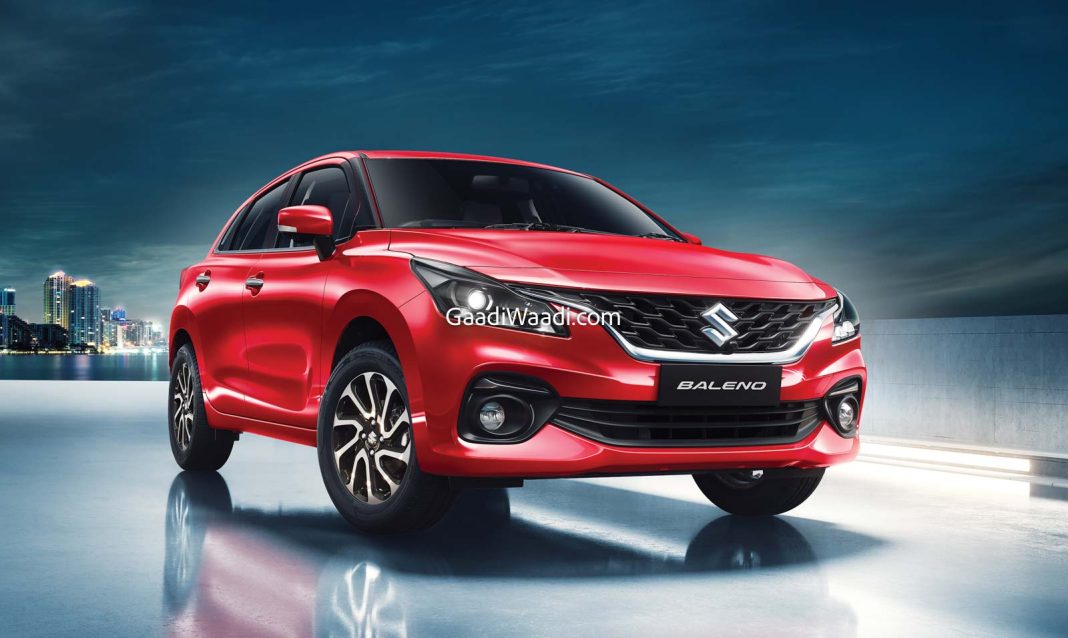
Maruti Suzuki Baleno CNG is expected to go on sale in the coming months as the brand looks to strengthen its S-CNG portfolio across the Nexa range
Maruti Suzuki India Limited (MSIL) has been on a launch spree over the last few months. It all started with the debut of the second generation Celerio late last year and it was followed by the Celerio CNG, a mid-life update to the WagonR, heavily revised Baleno and Dzire CNG more recently. Along the course of this year, more new launches are waiting in the wings.
The largest carmaker in the country will strengthen its presence in the segments it already competes in while expanding its reach to new spaces with an aim to garner new audiences. The Indo-Japanese manufacturer will further expand its S-CNG range that has achieved ten lakh sales milestone recently and more Nexa models will get the CNG treatment.
The Baleno is expected to be one of the first in line to gain the technology. The factory-fitted CNG will be introduced in the premium hatchback as it could become the first car to incorporate the tech in the 1.2-litre four-cylinder K12N petrol engine. The powertrain currently produces 90 PS maximum power at 6,000 rpm and 113 Nm of peak torque at 4,400 rpm.
It is linked with a five-speed manual transmission as standard and a five-speed AMT is an option. The AMT stands in place of the CVT which was offered in the pre-facelifted version. We can expect the performance figures to drop in the CNG variant and it could be sold in select trims with a single gearbox choice being the five-speed manual.
Do not expect any exterior changes to accompany the S-CNG version and the features list will also remain similar. Next month, Maruti Suzuki is believed to bring in the mildly updated Ertiga and XL6 MPVs and it could be followed by the second generation Vitara Brezza by the middle of this calendar year.
However, the biggest launch for MSIL this year will be the five-seater midsize SUV developed in collaboration with Toyota and it will be based on a new platform derived from Toyota’s DNGA architecture used in the global markets.
